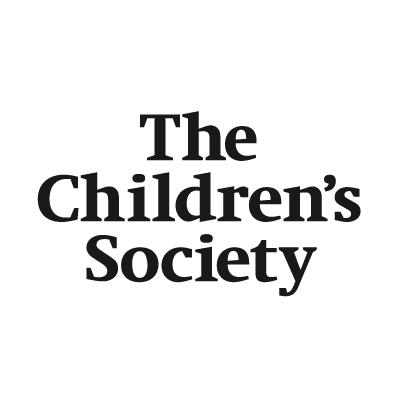Child criminal exploitation
The Home Office defines Child Criminal Exploitation as follows:
Child Criminal Exploitation occurs where an individual or group takes advantage of an imbalance of power to coerce, control, manipulate or deceive a child or young person under the age of 18.
The victim may have been criminally exploited even if the activity appears consensual. Child Criminal Exploitation does not always involve physical contact; it can also occur through the use of technology
Criminal exploitation, also known as 'County Lines’ is when gangs and organised crime groups exploit children to sell drugs. Often these children, sometimes as young as seven, are made to travel across counties, and they use dedicated mobile phone ‘lines’ to supply drugs.
No one really knows how many young people across the country are being forced to take part, but The Children’s Commissioner estimates there are at least 46,000 children in England involved in gang activity. Tragically the young people exploited through 'County Lines' can often be seen by professionals as criminals.
However, we want these vulnerable children to be recognised as victims of trafficking and exploitation. We need them to receive the support they need to deal with the trauma they have been through.
Gangs are deliberately targeting vulnerable children – those who are homeless, living in care homes or trapped in poverty. These gangs groom, threaten or trick children into trafficking their drugs for them. They might threaten a young person physically, or they might threaten the young person’s family members. The gangs might also offer something in return for the young person’s cooperation – but the giving of these gifts will usually be manipulated so that the child feels they are in debt to their exploiter.
Crimes associated with county lines
Drugs
County lines commonly involves the illegal distribution and dealing of seriously dangerous drugs from one city/town to another. The most common drugs involved are heroin and cocaine (crack and powder), but also MDMA, cannabis, amphetamines and spice.
Violence
Gangs sometimes use violence to threaten children and young people when recruiting them. Gangs also violently assault children and young people working for them if they find their drugs or money to be missing. Weapons such as firearms, knives, bats, acid are sometimes used to make violent threats.
Exploitation
Gangs recruit and use children and young people to move drugs and money for them. Children as young as 12 years old and up to 17 years old are recruited, often using social media. They are exploited and forced to carry drugs between locations, usually on trains or coaches. They are also forced to sell drugs to local users.
Sexual exploitation
Young girls are often groomed and forced into relationships with gang members and are made to perform sexual acts.
Debt bondage
A gang master will arrange to rob the children they exploit for mules and this leads to debt bondage for that child as they struggle to repay the gang master. This “debt” is often sold or passed to other gang masters with dire consequence in the child and their family.
Tackling county lines is now a national priority; the government has launched a National County Lines Coordination Centre, made up of experts from the National Crime Agency (NCA). The centre aims to measure the threat of county lines, focus resources on the most serious offenders and work closely with partners in health, welfare and education to reduce the harms associated with the practice.
The following Children’s Society resource has been created to support professionals recognise and tackle child criminal Child Exploitation Programmes | The Children's Society (childrenssociety.org.uk).
